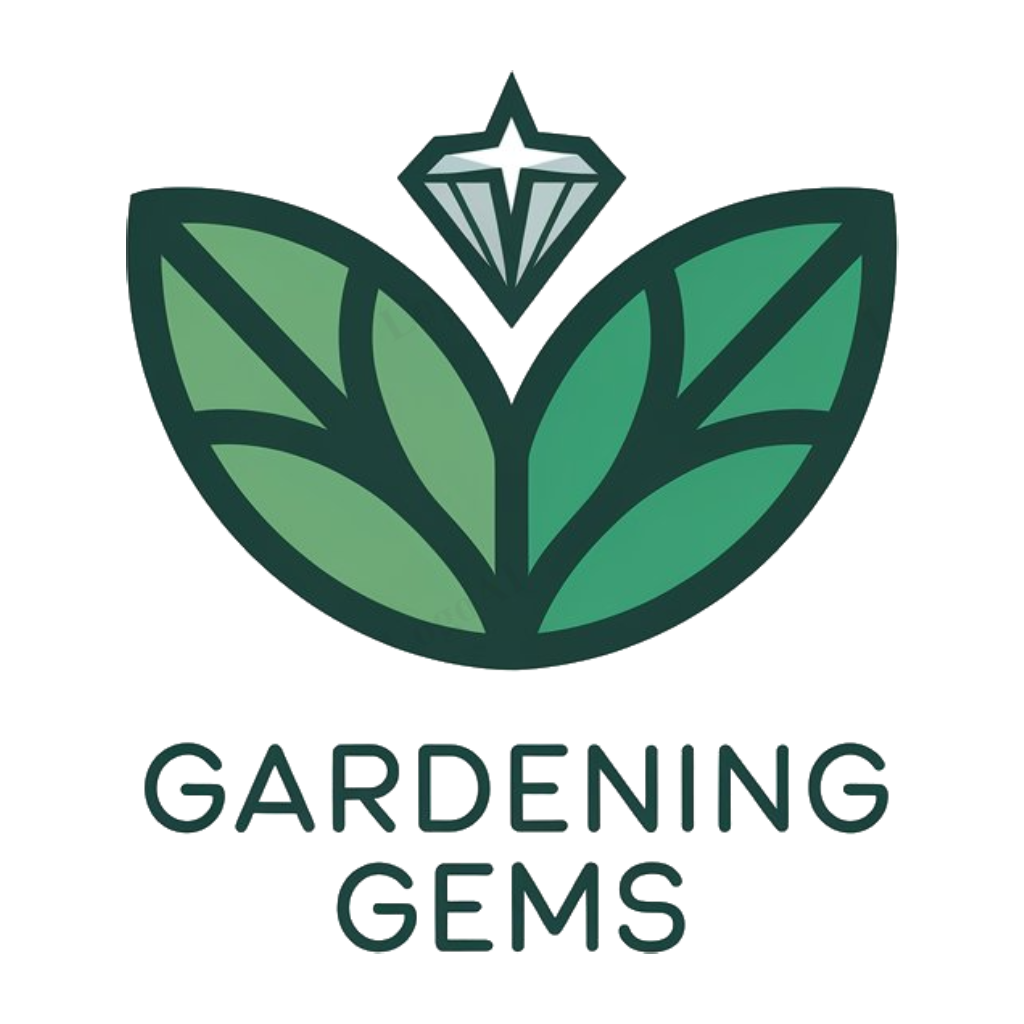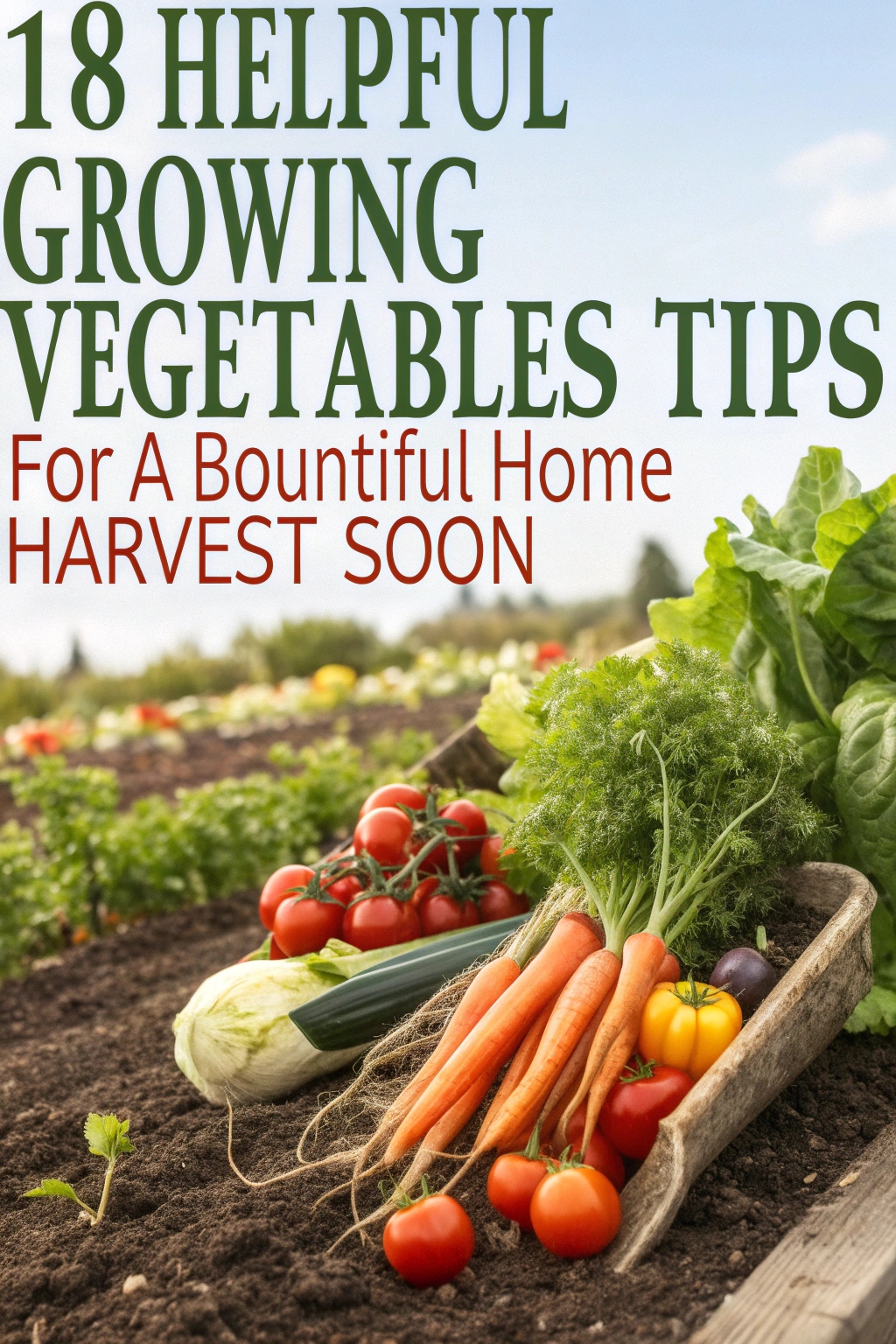Growing your own vegetables can be a fun and exciting experience. You get to watch your hard work turn into a delicious and healthy harvest. Imagine biting into a juicy tomato or crunchy carrot that you grew yourself.
To make this happen, you need to know some secrets. You’ll learn how to pick the right vegetables, make your soil happy, and help your plants grow strong. By following these tips, you can have a big and yummy harvest to enjoy with your family and friends.
Choosing the Right Vegetables for Your Climate
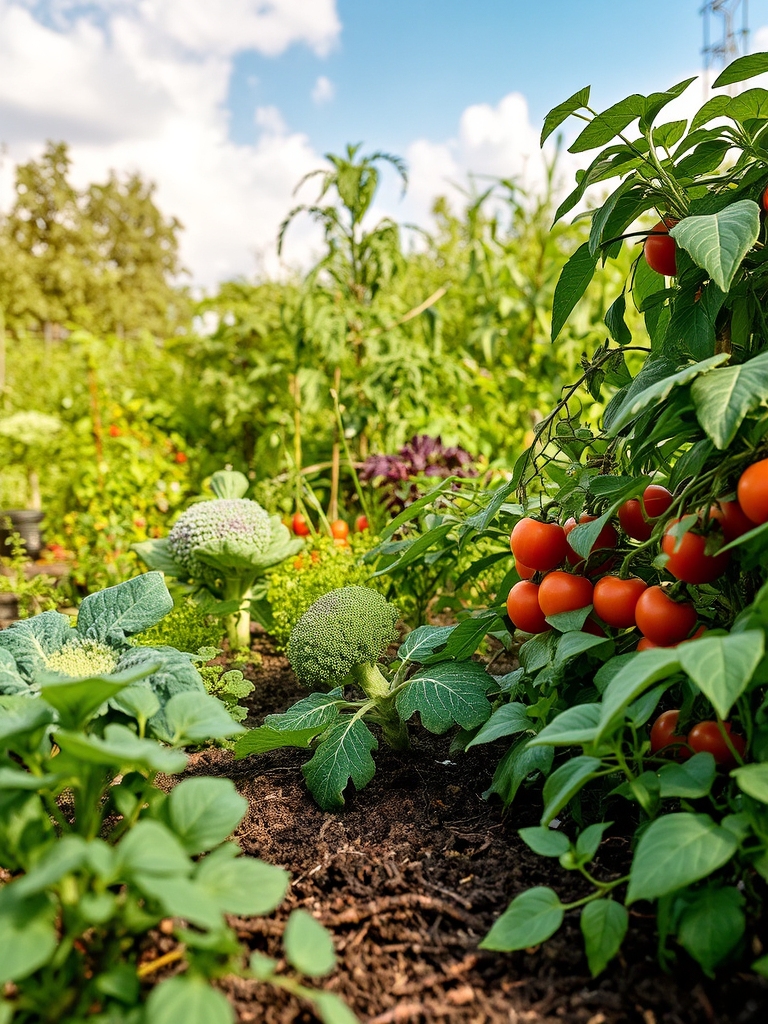
Choosing the right vegetables for your climate is vital for a successful harvest. Consider the temperature, moisture, and sunlight requirements of each vegetable variety. Select vegetables that thrive in your region’s conditions, such as cool-season crops for cooler climates or heat-tolerant varieties for warmer areas. This guarantees the best growth and maximizes yields.
Understanding the Importance of Composting
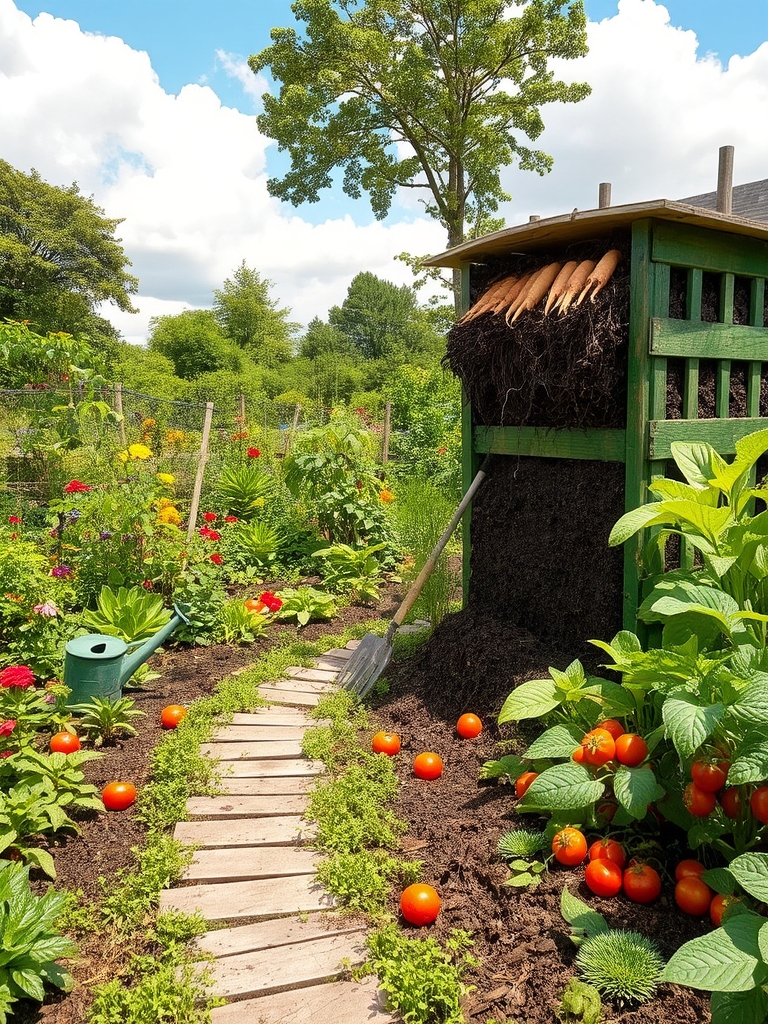
Composting is a vital step in growing vegetables, as it converts food scraps and yard waste into nutrient-rich soil. This natural process improves soil structure, increases fertility, and supports healthy plant growth, reducing the need for synthetic fertilizers and minimizing waste. Effective composting enhances vegetable yields and overall garden health.
Creating a Garden Layout for Maximum Yield
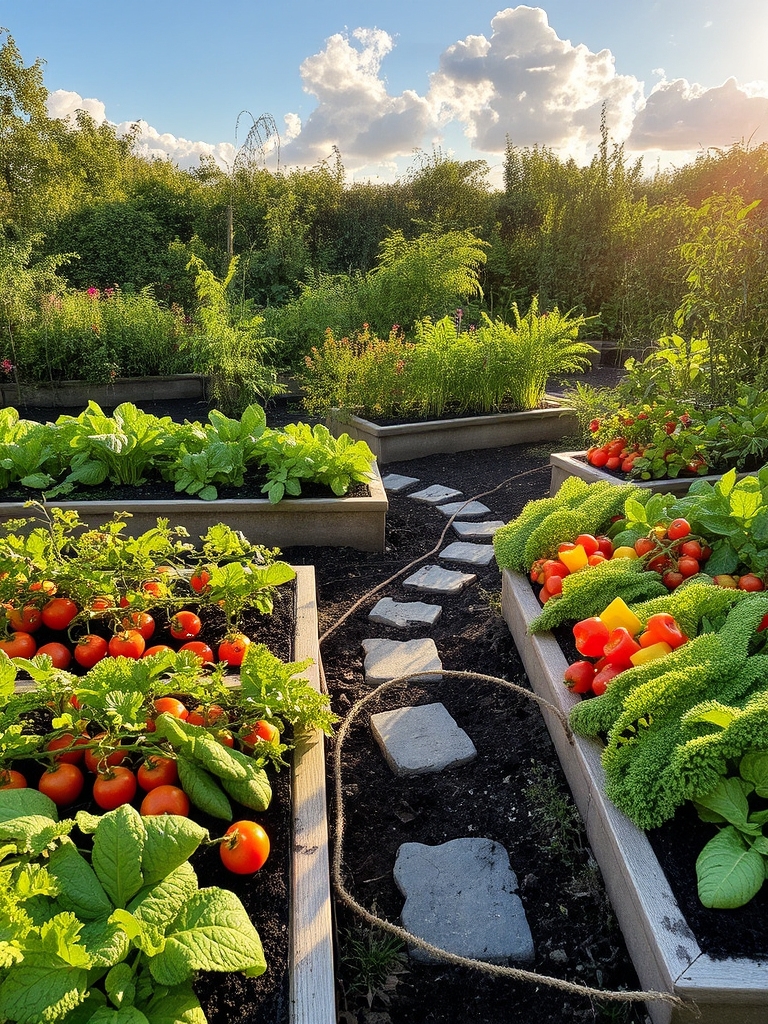
Creating a garden layout for maximum yield involves strategically planning the placement of vegetables to optimize space and sunlight. This includes using raised beds, companion planting, and crop rotation to guarantee healthy growth and minimize waste. A well-planned layout can substantially increase harvests and reduce maintenance efforts.
Selecting the Best Containers for Small Spaces
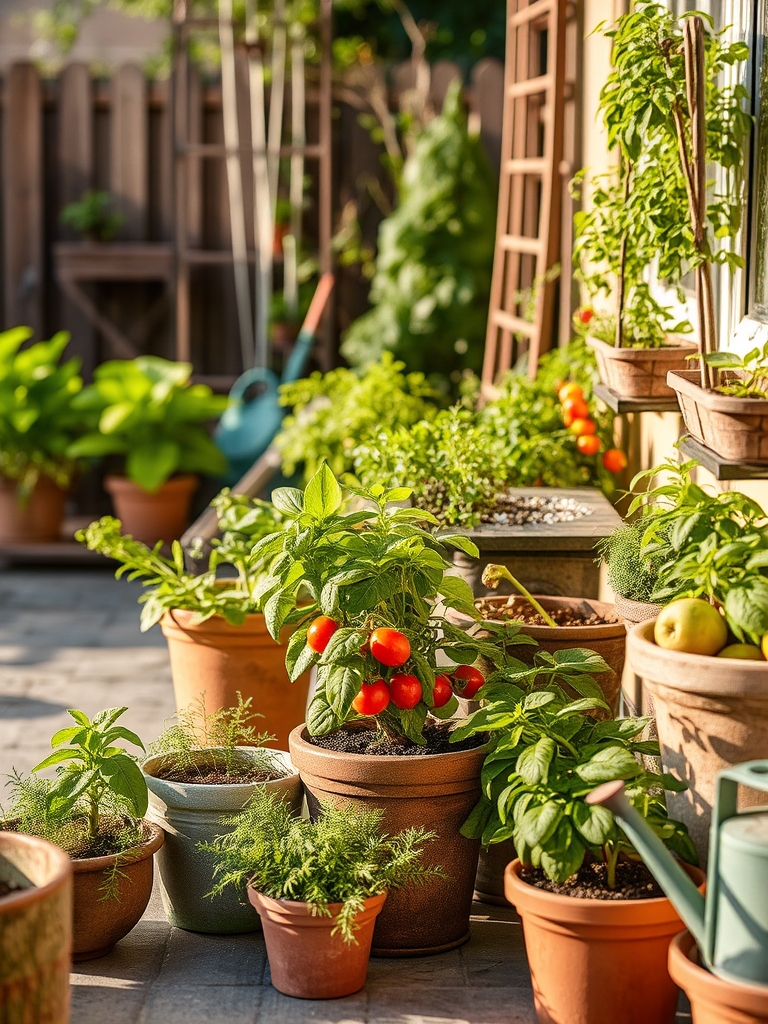
For small spaces, choose containers that are at least 5-7 gallons to provide enough room for roots to grow. Consider using self-watering containers, vertical planters, or window boxes to maximize space. Guarantee containers have drainage holes to prevent waterlogged soil and root rot, promoting healthy plant growth.
Starting Seeds Indoors for a Head Start

Starting seeds indoors gives your vegetables a head start on the growing season. Sow seeds in seed trays or small pots 4-6 weeks before the last frost date. Provide adequate light, warmth, and water. This allows seedlings to develop before being transplanted outdoors, increasing their chances of success and giving you a longer harvest season.
Planting at the Right Time for Your Region

Planting at the right time for your region is vital for a successful harvest. Check the average frost dates and temperature requirements for your area to determine the ideal planting time for specific vegetables. This guarantees healthy growth and helps prevent damage from extreme weather conditions, ultimately leading to a bountiful harvest.
Watering Your Vegetables for Optimal Growth
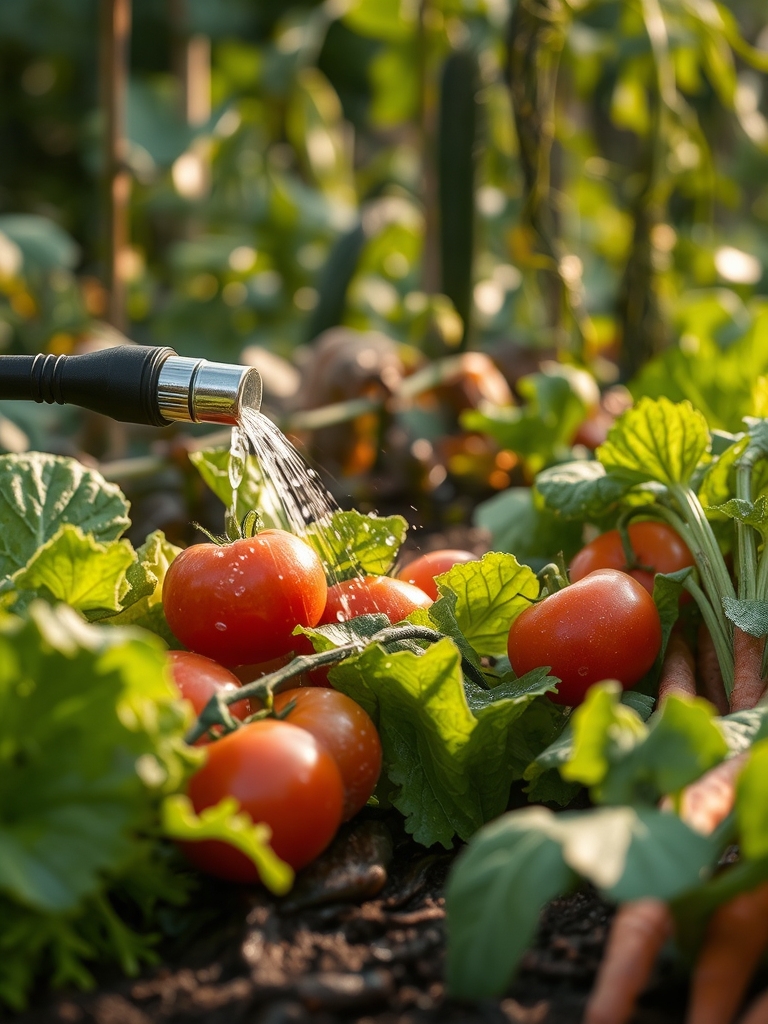
Proper watering is vital for vegetable growth. Vegetables need consistent moisture, especially when fruiting. Overwatering can lead to rot, while underwatering can stress plants. Check soil daily, and water deeply when the top inch of soil feels dry. Avoid getting water on leaves to prevent fungal diseases, instead targeting the soil directly.
Providing Adequate Sunlight and Shade
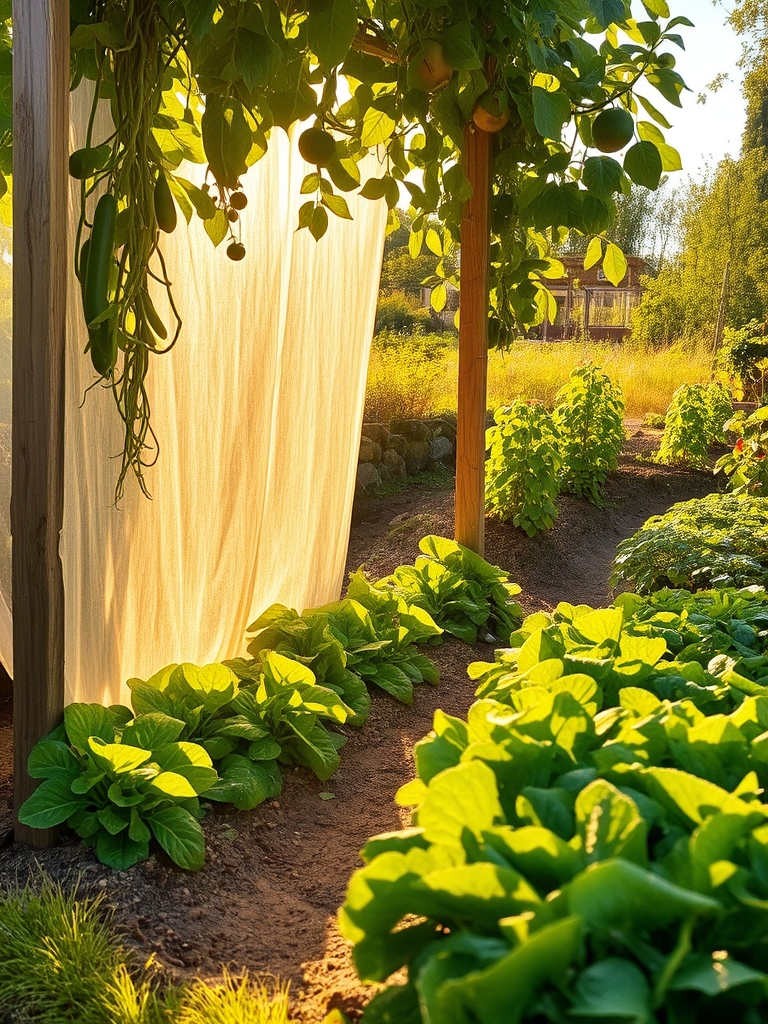
Most vegetables require at least 6 hours of direct sunlight per day. However, some plants like lettuce and spinach prefer shade to prevent bolting. Providing adequate sunlight and shade involves choosing the right location and using techniques like row covers or trellises to filter or block intense sunlight. This guarantees ideal growth and prevents damage.
Fertilizing Your Vegetables for Healthy Growth
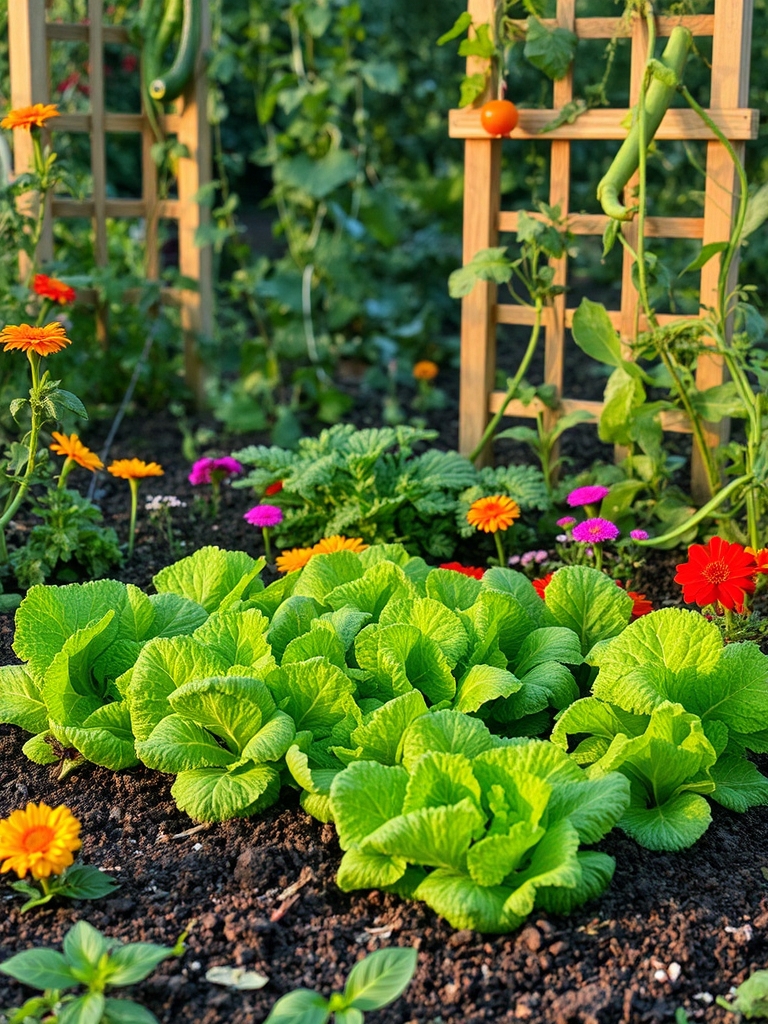
Fertilizing your vegetables is essential for healthy growth and maximum yields. Choose a balanced fertilizer that provides necessary nutrients like nitrogen, phosphorus, and potassium. Organic options like compost or manure can also be used to promote soil health and vegetable development, ensuring a bountiful and nutritious harvest. Regular fertilization supports strong root systems and vibrant foliage.
Controlling Weeds and Pests Naturally
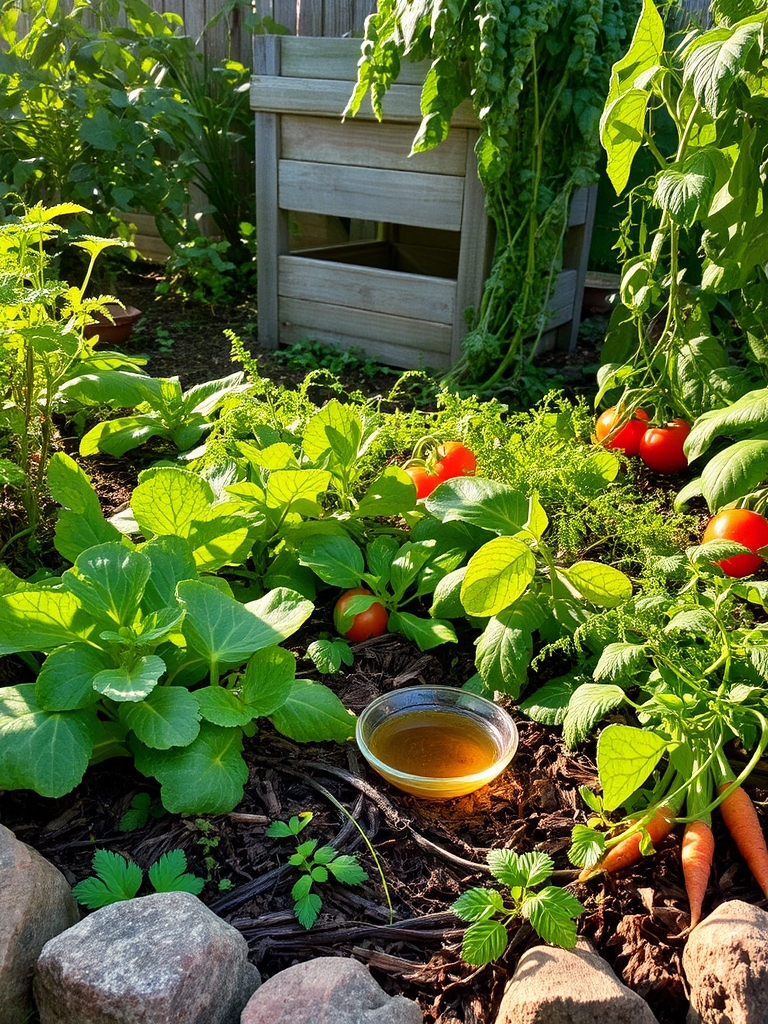
To control weeds and pests naturally, use physical barriers, crop rotation, and introduce beneficial insects. Mulch and compost can suppress weed growth, while natural pest repellents like neem oil and garlic spray can deter harmful insects. Hand-picking and traps are also effective methods for managing pests without using chemicals.
Pruning and Training Your Vegetable Plants
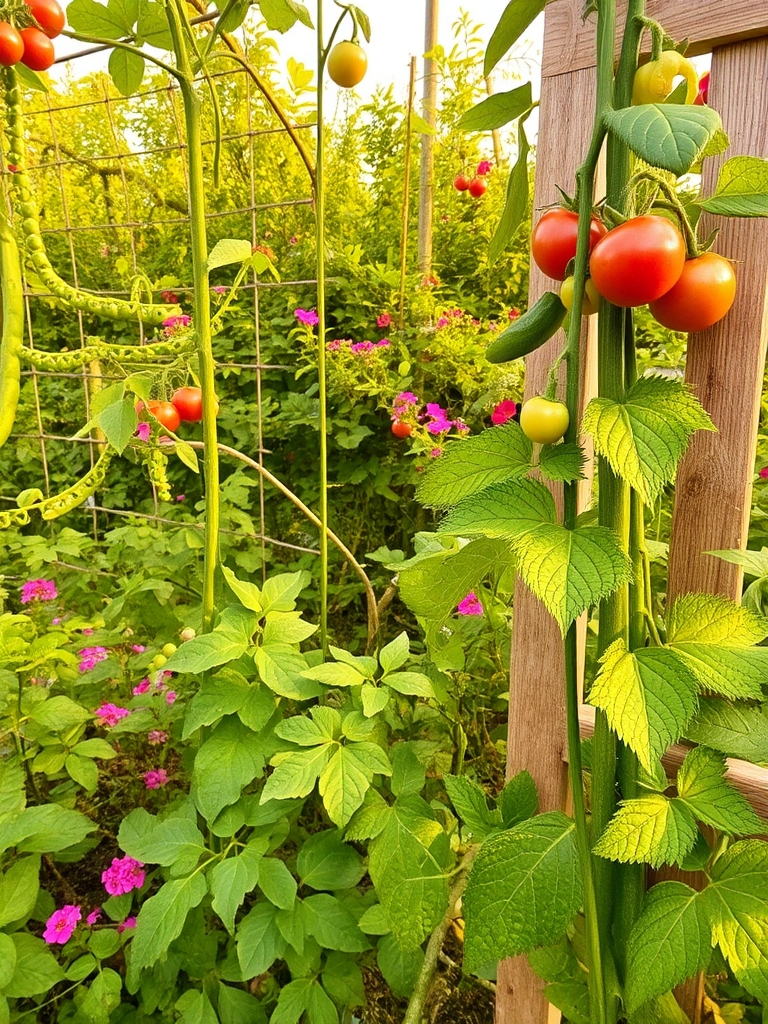
Pruning and training your vegetable plants promotes healthy growth, increases yields, and improves air circulation. Regular pruning removes diseased or damaged areas, while training techniques like staking and trellising support plants, keeping them upright and organized, and maximizing space in the garden. This helps prevent disease and makes harvesting easier.
Supporting Indeterminate Plants for Maximum Yield
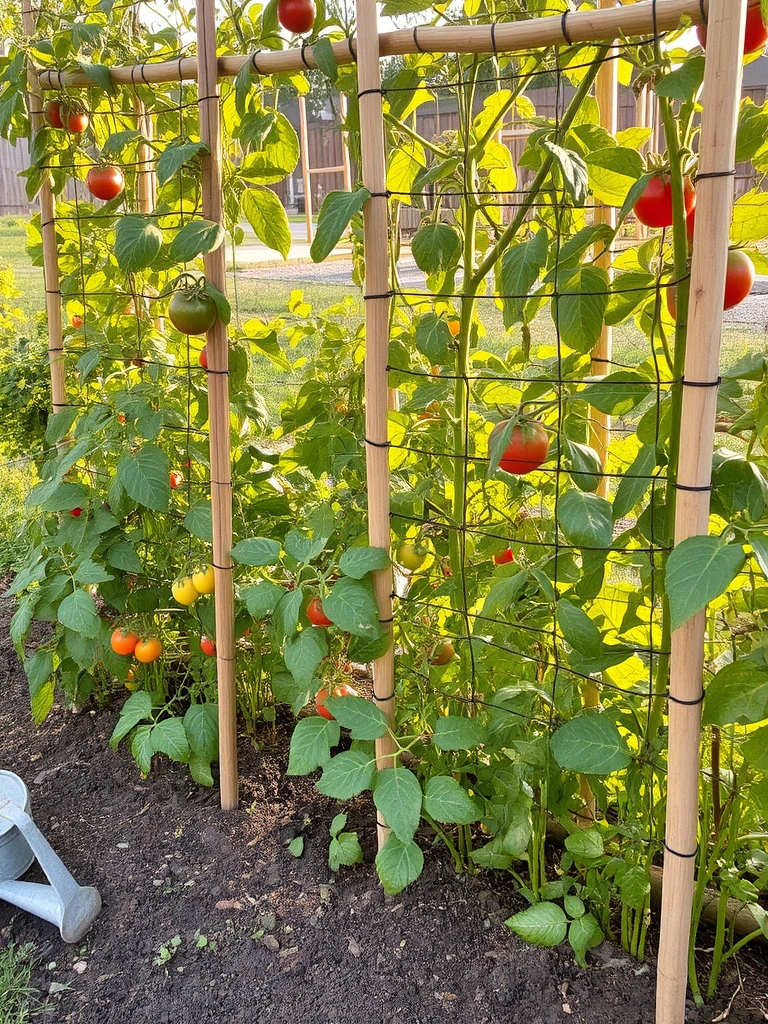
Indeterminate plants, like tomatoes and peas, require support to grow upright and produce a maximum yield. Using trellises, stakes, or cages helps keep the plants organized, promotes even fruiting, and prevents disease by improving air circulation and reducing soil contact. This support also makes harvesting easier and more efficient.
Keeping Your Garden Well-Maintained and Organized
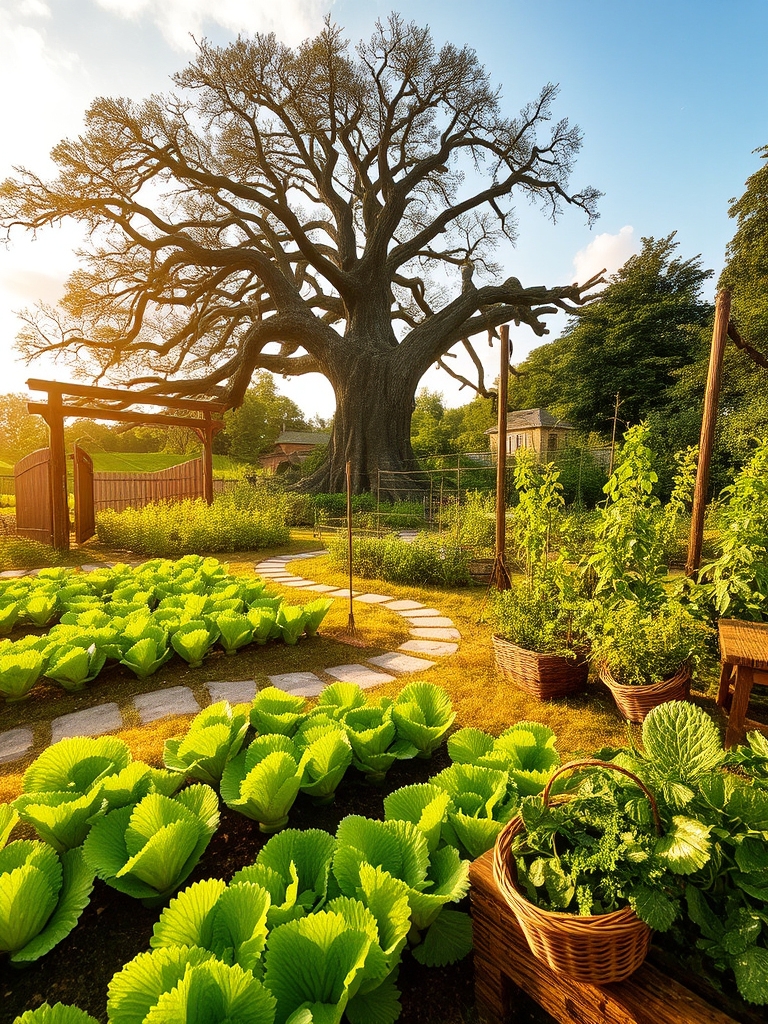
Keeping your garden well-maintained and organized is essential for ideal growth. This includes regular watering, pruning, and weeding, as well as using tools and equipment to streamline tasks. A well-organized garden also helps with crop rotation, pest control, and harvesting, ensuring a bountiful and healthy yield. Proper maintenance saves time and increases productivity.
Monitoring for Common Vegetable Diseases
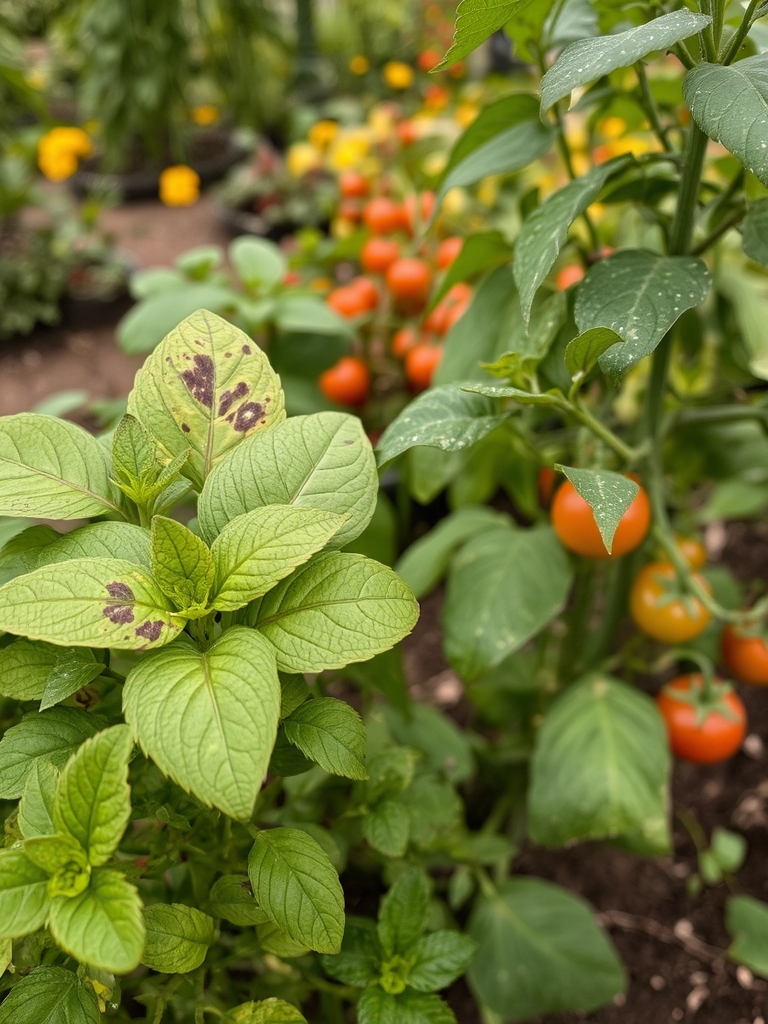
Monitoring for common vegetable diseases is vital for a healthy harvest. Regularly inspect plants for signs of infection, such as yellowing leaves or black spots. Fungal diseases like powdery mildew and root rot can spread quickly, so early detection is key to preventing widespread damage and reducing the need for chemical treatments.
Using Companion Planting for Mutual Benefits
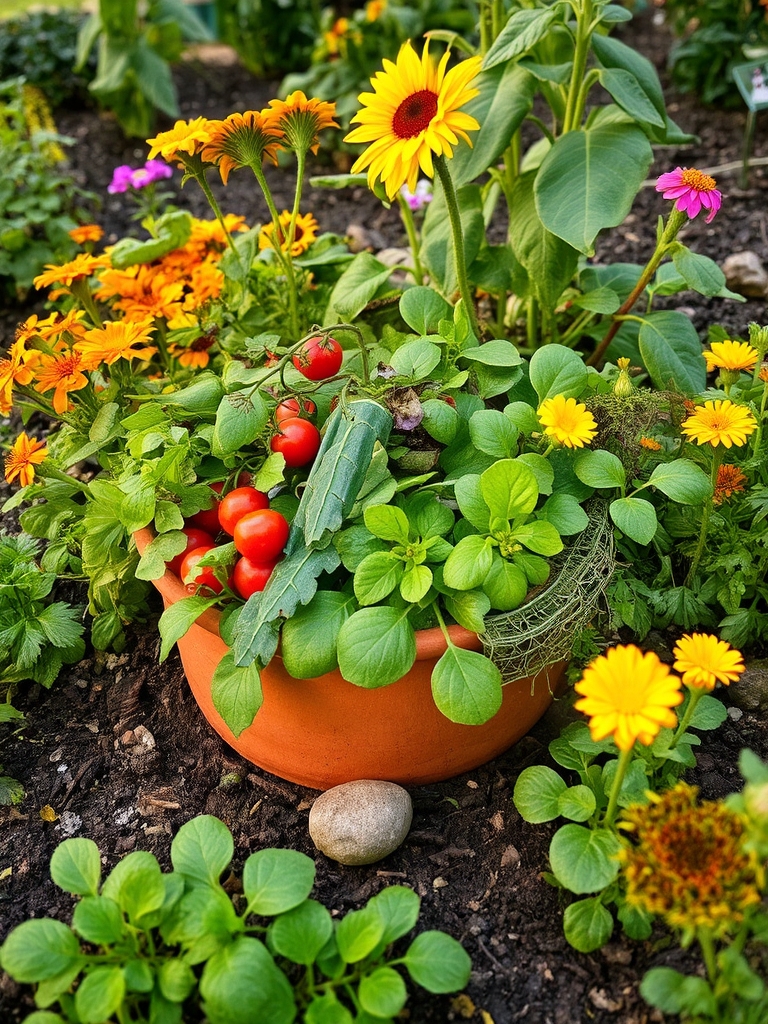
Companion planting involves growing different vegetables together to improve growth, flavor, and pest resistance. By pairing compatible plants, gardeners can create a balanced ecosystem, reducing the need for fertilizers and pesticides. This technique also enhances biodiversity, attracting beneficial insects and promoting healthy soil. Certain combinations can even improve flavor and texture.
Extending the Growing Season With Row Covers
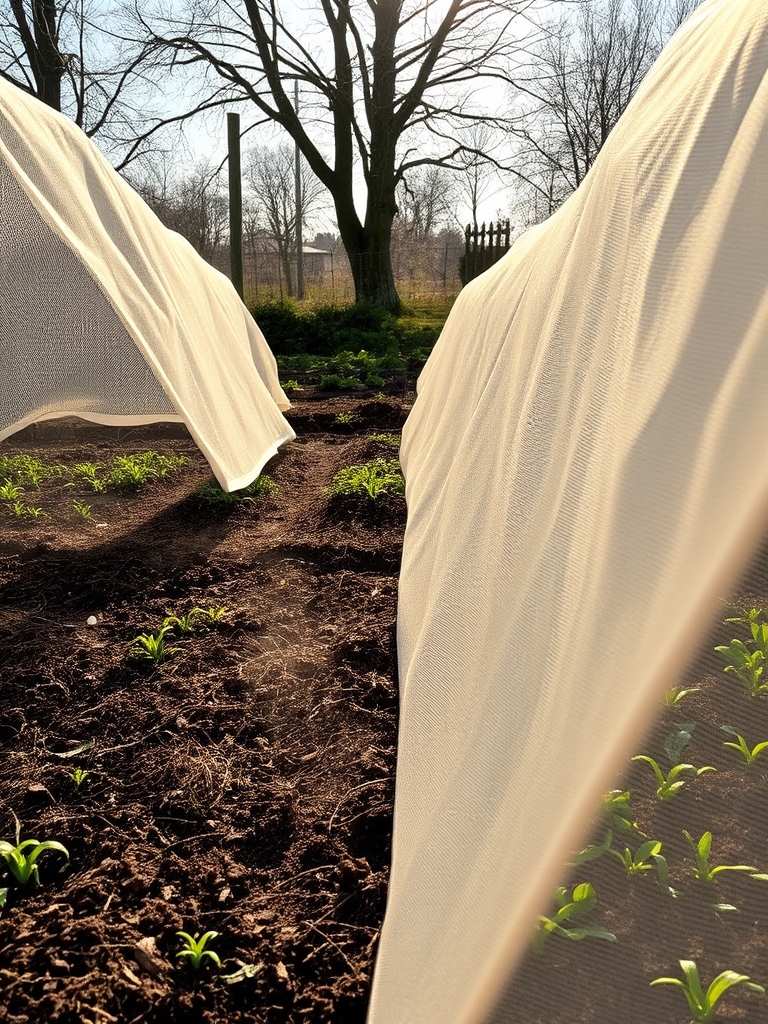
Row covers are lightweight, porous fabrics that allow plants to receive sunlight, water, and air while keeping pests out. They can be used to extend the growing season, protecting vegetables from frost and freezing temperatures, and enabling gardeners to plant earlier in the spring and later in the fall. This increases yields and expands crop options.
Harvesting Your Vegetables at the Right Time
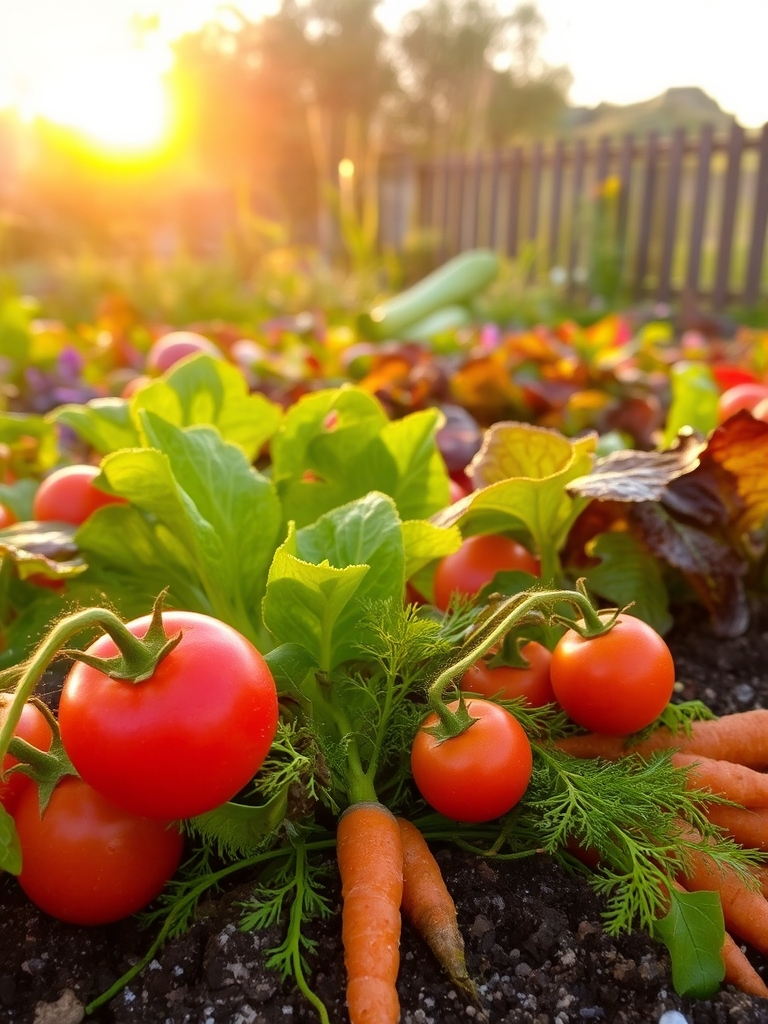
Harvesting vegetables at the right time guarantees peak flavor, texture, and nutritional value. Check the vegetable’s appearance, color, and size to determine if it’s ready. For some vegetables, a gentle tug or twist can help determine readiness. Harvesting at the right stage of maturity encourages continued production and prevents spoilage. Regular monitoring is key to a successful harvest.
Preserving Your Harvest for Year-Round Enjoyment
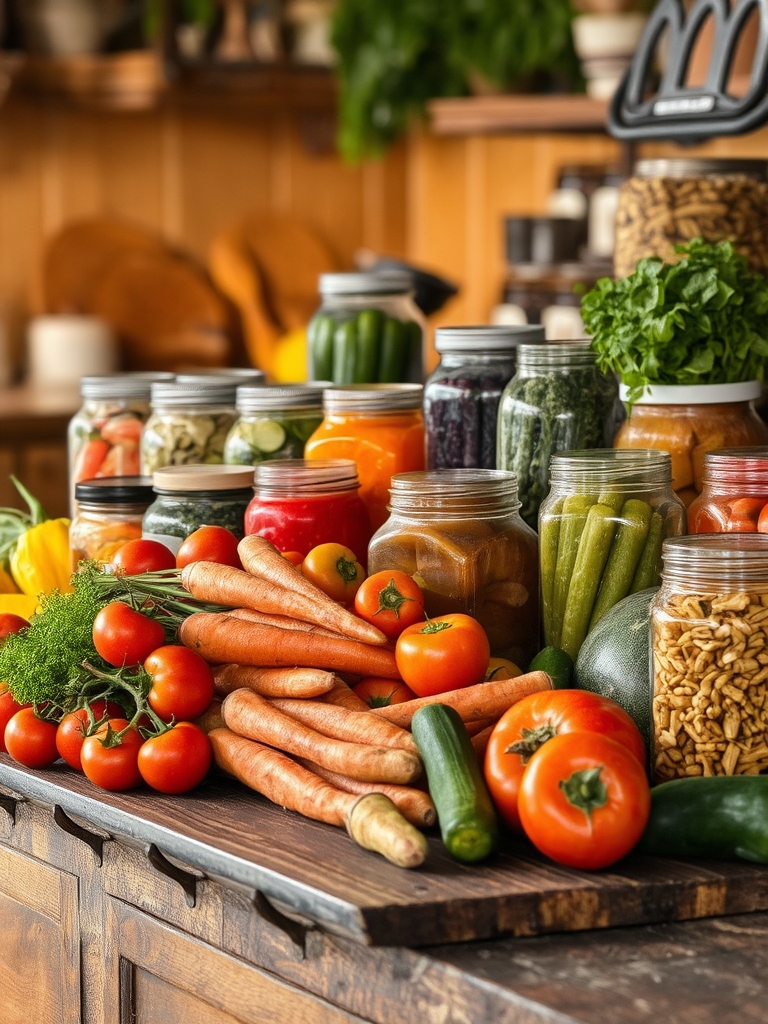
Preserving your harvest allows you to enjoy your homegrown vegetables year-round. Methods like canning, freezing, and dehydrating help retain nutrients and flavor. Proper preservation techniques guarantee a steady supply of fresh-tasting vegetables, even in winter, and can also be used to share your harvest with friends and family or store for future meals.
Conclusion
You’ll enjoy a bountiful harvest with these tips. Notably, 75% of homegrown produce is consumed within a week of harvesting, so you’ll be eating fresh. By following these guidelines, you’ll maximize your yield and savor your crop’s flavor and nutritional benefits, making the effort worthwhile, and you’ll be looking forward to next season’s harvest.
